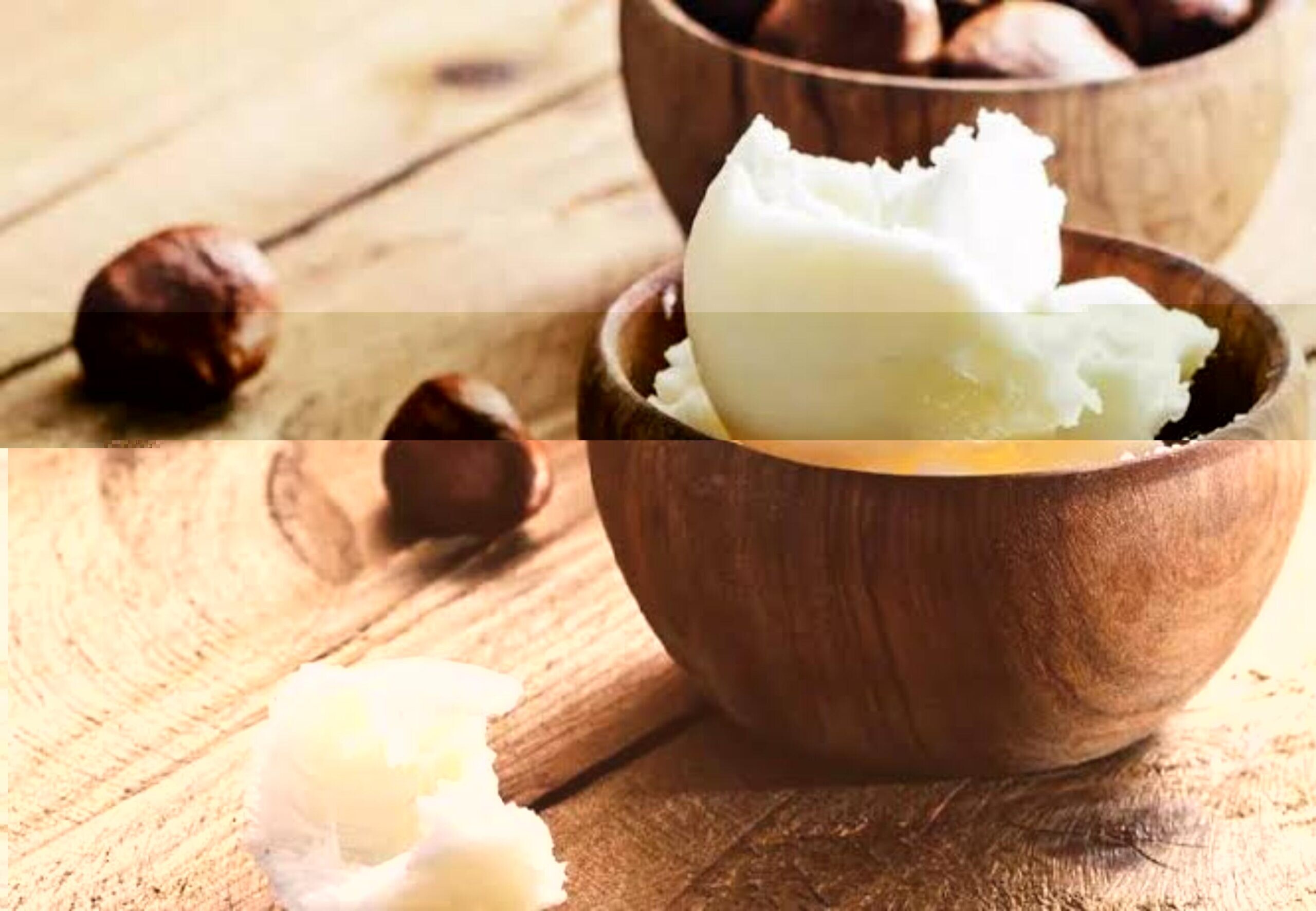
Ghana
How is it produced?
Shea butter is a plant-based fat extracted from the nuts of the shea tree (Vitellaria paradoxa), native to West Africa. Its production is largely carried out by rural women using traditional, labor-intensive methods. The process begins with the collection of shea fruits from the ground. The pulp is removed, and the nuts are boiled or sun-dried to prevent spoilage. Once dry, the hard shells are cracked to extract the kernels, which are then roasted over open fires. These roasted kernels are ground into a paste, mixed with water, and kneaded by hand until the fat separates. The extracted fat is boiled to remove impurities and left to cool, producing raw shea butter.
Despite its global demand in cosmetics, most producers earn less than $2 per day. It can take over 20 hours of work to produce a kilogram of butter. This gendered labor, largely unpaid or underpaid, reflects broader inequalities within neoliberal global supply chains, where corporations profit while the women who produce the raw material remain marginalized.
Describe the supply chain to the store shelf in Canada:
The journey of shea butter from rural Africa to Canadian store shelves involves multiple stages and actors, forming a complex global supply chain. It begins with rural women in West Africa primarily in Ghana, Burkina Faso, and Nigeria—who harvest, process, and produce raw shea butter using traditional methods. This raw butter is then purchased by local middlemen or cooperatives, who either sell it directly to exporters or to multinational companies.
From there, the shea butter is shipped to processing facilities, often located in Europe or North America, where it is refined, deodorized, and blended with other ingredients to meet industrial standards. Global cosmetic companies like L’Oréal, Unilever, or The Body Shop incorporate the butter into skincare products such as creams, lotions, and lip balms.
These finished products are packaged, branded, and distributed to retail chains and pharmacies across Canada. By the time the product reaches the Canadian consumer, its origins and the labor behind it are largely invisible. Although marketed as natural and ethical, the profits are unevenly distributed, with the largest share retained by corporations rather than the women who produce the butter.
What is the power balance between the producer and seller?
The relationship between shea butter producers in West Africa and global skincare companies is highly unequal. Women in countries like Ghana, Nigeria and Burkina Faso carry out the difficult and time-consuming work of producing raw shea butter. However, they have very little control over the price of their product or how it is sold. Most are paid very low wages and lack access to fair market information or bargaining power.
In contrast, large cosmetic companies and retailers mainly based in Europe and North America control the key decisions in the supply chain. They set prices, manage global marketing strategies, and earn most of the profit. These companies often label their products as “natural” or “ethically sourced,” but the women who make the shea butter rarely benefit from these claims.
This imbalance reflects a wider global pattern in which producers in the Global South do the labor, while companies in the Global North gain the rewards. The power gap allows corporations to shape the terms of trade, keeping producers dependent and undervalued within the global economy.
Can you recommend changes to the system to improve the balance?
To reduce the power imbalance in the shea butter supply chain, several changes are needed. First, fair trade certification and direct trade models should be expanded to ensure that producers especially women in rural West Africa receive fair and stable prices for their labor. This includes paying living wages and eliminating exploitative middlemen. Second, investment in women’s cooperatives can strengthen local bargaining power, allowing producers to negotiate better terms and retain more value within their communities. Third, supply chain transparency laws should require global brands to publicly disclose where and how they source their ingredients. This would hold companies accountable for ethical sourcing beyond marketing claims. Finally, capacity-building programs such as training, access to financing, and small-scale processing technology can help producers move up the value chain, enabling them to produce finished goods rather than just raw materials. Together, these reforms would support a more just and sustainable trade model that empowers producers and challenges the extractive logic of neoliberal globalization.
References/Resources:
https://bettersheabutter.com/how-shea-butter-is-made/
https://www.undp.org/
https://www.tandfonline.com/doi/full/10.1080/09614520600792440#d1e153

